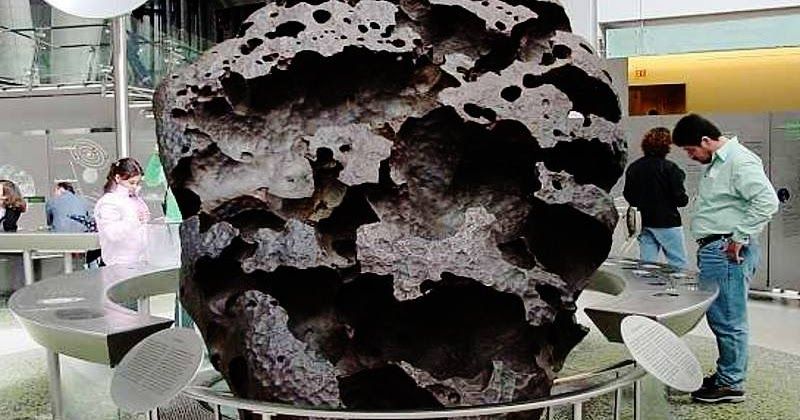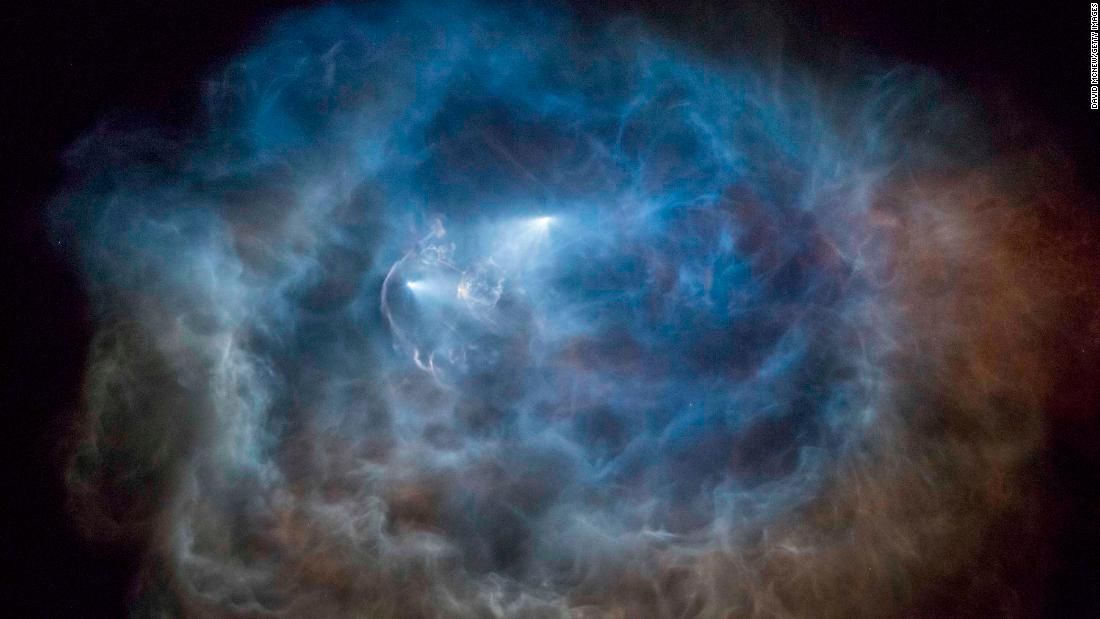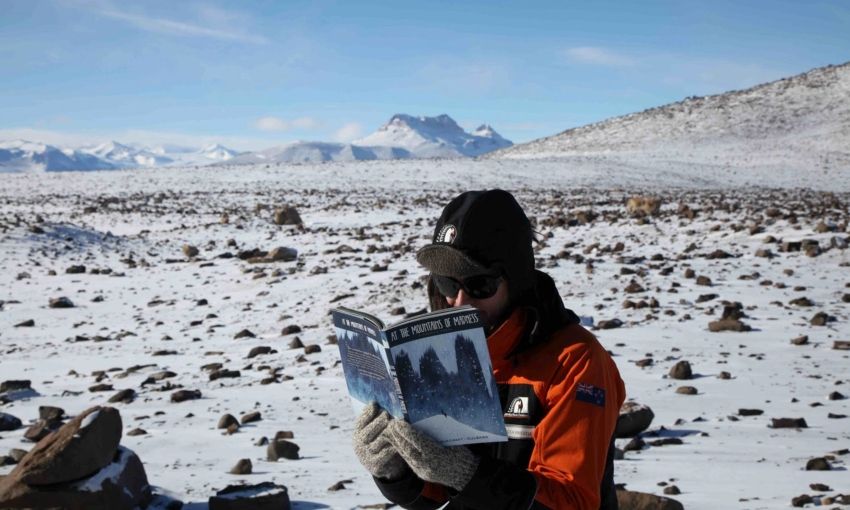A massive, previously unexplored cave discovered by accident in Canada has been named “Sarlacc’s Pit,” after the multi-tentacled alien beast that first made an appearance in Star Wars: Return of the Jedi.
Officials from Canada’s Ministry of Environment and Climate Change first came across the huge cavern in Wells Gray Provincial Park in British Columbia while conducting a caribou count by helicopter in March.
The sinkhole was later discovered to be the entrance to a cave, and is 328 feet long, 196 feet broad and 600 feet deep. Officials believe it may be Canada’s largest cave.






